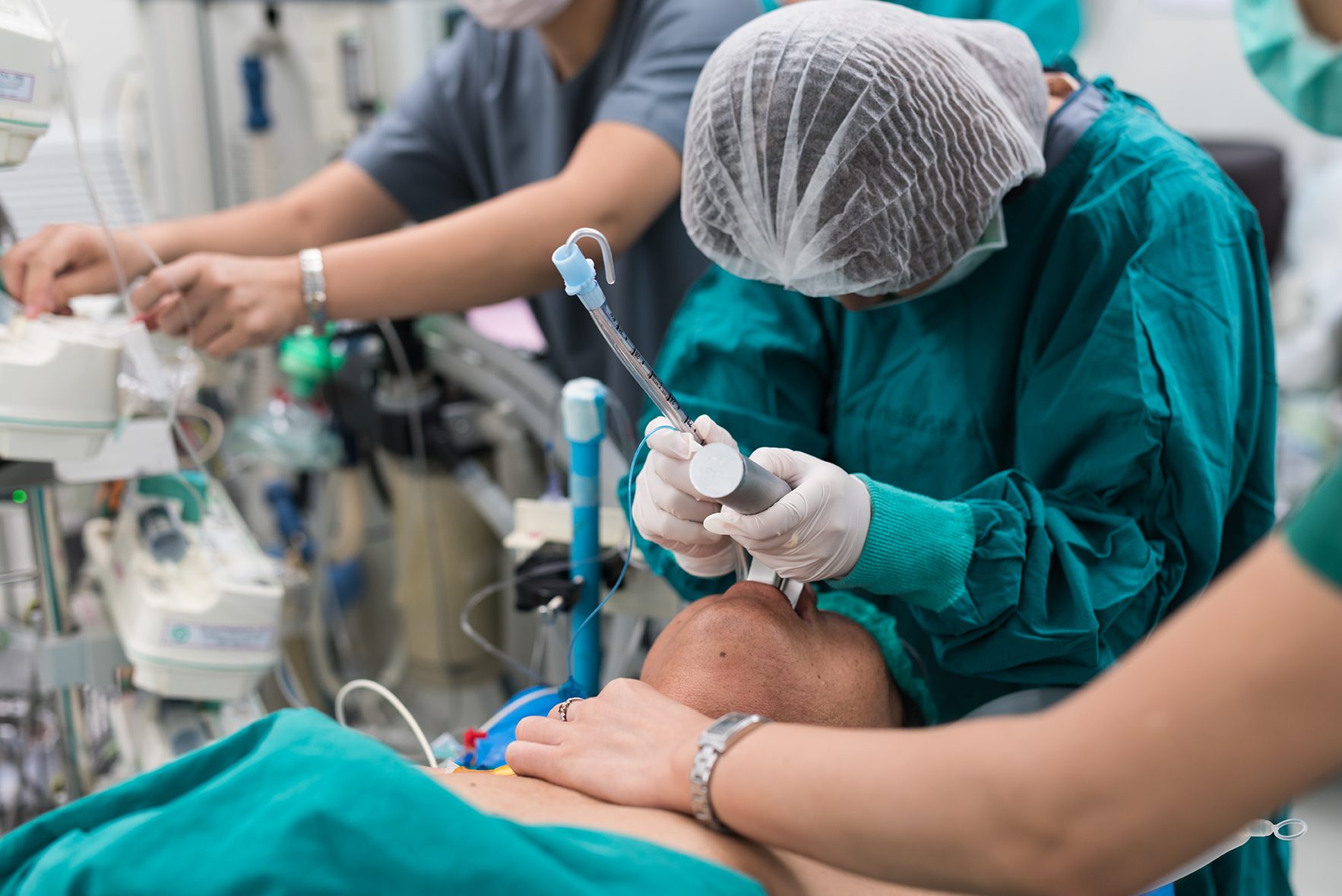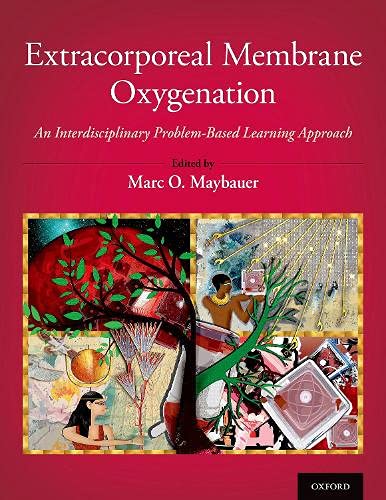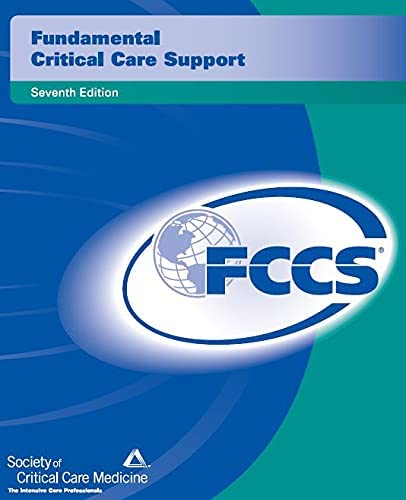-93%
Understanding the Nuances of Cadaver-Based Emergency Procedures
Under the expert guidance of Dr. Joan Kolodzik, an esteemed emergency physician with a profound understanding of human anatomy, the Cadaver-Based Emergency Procedures Course has been meticulously crafted to provide an immersive and highly effective educational experience.
This comprehensive course is led by an elite team of emergency medicine specialists who will guide you through the intricate details of performing essential emergency procedures, fostering your confidence and enabling you to master these life-saving techniques.
Tailored to Enhance Emergency Care
The course is meticulously designed to enhance the procedure-related skills and techniques of emergency care clinicians. It provides a focused and immersive learning environment that empowers you to refine your proficiency in performing critical emergency interventions.
Unparalleled Immersion in a Cadaver Lab
The course takes place within a state-of-the-art cadaver lab, creating an exclusive environment free from distractions, where your attention can be fully dedicated to the instruction and practice of these procedures.
Lifelike Experience with Cadavers and Simulators
You will engage in hands-on training using unembalmed cadavers and high-fidelity simulators, providing a lifelike experience that mimics real-world emergency scenarios. This practical approach allows you to develop a deep understanding of the techniques and gain the confidence necessary to perform them effectively.
Didactic Instruction and Practical Application
The course seamlessly integrates didactic PowerPoint presentations with practical instruction, ensuring that you gain a comprehensive understanding of the indications, contraindications, and optimal execution of each procedure. This combination of theory and practice fosters a thorough comprehension of the subject matter.
Invaluable Pearls and Tricks
Experienced emergency physicians will share their invaluable pearls and tricks of the trade, providing you with insights and techniques that enhance the safety and efficiency of your procedures, enabling you to perform them with confidence and precision.
Learning Objectives
Cadaver-Based Suturing Course
Upon completing this CME course, participants will be able to:
- Demonstrate proficient suturing techniques, including a variety of advanced closures
Cadaver-Based Emergency Procedures Course
Upon completing this CME course, participants will be able to:
- Assess the necessity for endotracheal intubation
- Review the technique of intubation, aiming for first-pass success
- Optimize oxygenation during intubation
- Evaluate medication options for Rapid Sequence Intubation (RSI)
- Familiarize themselves with assistive devices for intubation
- Demonstrate intubation using various devices
- Practice the creation of surgical airways
Topics Covered
Cadaver-Based Emergency Procedure Videos
- Arthrocentesis: Aspiration of fluid from a joint
- Central Venous Access: Placement of a central venous catheter
- Chest Tube Thoracostomy: Drainage of air or fluid from the chest cavity
- Cricothyrotomy: Surgical creation of an airway through the cricothyroid membrane
- Endotracheal Intubation: Insertion of a tube into the trachea to establish an airway
- Intraosseous Cannulation: Injection of medication into the bone marrow
- Lumbar Puncture: Withdrawal of cerebrospinal fluid from the spinal canal
- Needle Thoracostomy: Insertion of a needle into the chest cavity to relieve pressure
- Video Laryngoscope: Advanced intubation device
Cadaver-Based Suturing Videos
- Suture Instrument Overview: Introduction to different suturing instruments and their uses
- Interrupted Suture: Basic suturing technique used for superficial wounds
- Horizontal Mattress Suture: Advanced suture technique for approximating wound edges
- Running Horizontal Mattress Suture: Continuous suture technique for approximating wound edges
- Half Buried Horizontal Mattress Suture: Advanced suture technique for deep wounds
- Vertical Mattress Suture: Advanced suture technique for approximating wound edges
- Running Subcuticular Suture: Continuous suture technique for closing wounds below the skin’s surface
- Simple Running Suture: Continuous suture technique for closing wounds
- Simple Running Locking Suture: Modified running suture technique for securing wounds
- Flap Laceration Closure: Advanced suture technique for repairing complex wounds
- Deep Space Closures: Suture techniques for closing deep wounds
- Complex Wound Repair Techniques: Advanced suture techniques for repairing severely damaged tissues
- Skin Stapling and Removal: Techniques for using skin staples and removing them after healing
- Abscess Incision & Drainage Techniques: Techniques for draining and treating abscesses
Local & Regional Anesthesia Videos
- Facial Nerve Blocks: Techniques for anesthetizing the facial nerve, providing pain relief
- Hand Nerve Blocks: Techniques for anesthetizing the nerves in the hand, providing pain relief
- Femoral Nerve Blocks: Techniques for anesthetizing the femoral nerve, providing pain relief for the leg
- Popliteal Nerve Blocks: Techniques for anesthetizing the popliteal nerve, providing pain relief for the lower leg










Reviews
Clear filtersThere are no reviews yet.